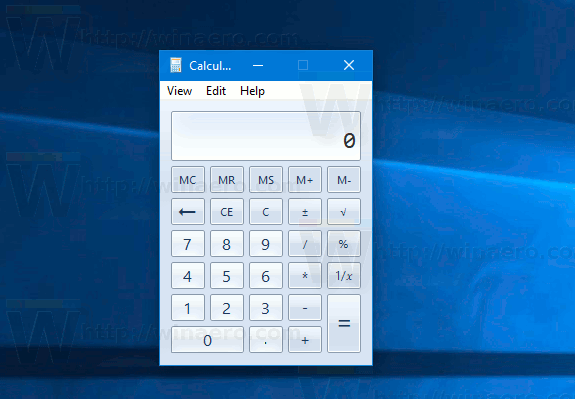- Click the Startbutton and type regedit in the Search box. Right-click Regedit.exe in the returned list and click Run as administrator. Browse to the following registry key: HKEYCLASSESROOT.exe. With.exe selected, right-click (Default) and click Modify. Change the Value data: to exefile. Browse to and then click on the following registry key.
- Remote Server Administration Tools (RSAT) enables IT administrators to remotely manage roles and features in Windows Server from a computer that is running Windows 10, Windows 8.1, Windows 8, Windows 7, or Windows Vista.
- What is LDP EXE? EXE is a GUI tool that acts as a Lightweight Directory Access Protocol (LDAP) client, which lets you perform connect, bind, search, modify, add or delete operations against AD. LDP is used to view objects stored in AD along with their metadata, and attributes.
- Ldp Exe Download Windows 7 0 To list the replication metadata for an object in Active Directory: On the Browse menu, point to Replication and then click View Metadata. The Replication Metadata dialog box opens.
- Hud Limited Denial Of Participation Search
- Ldp Utility
- Ldp Exe Microsoft Windows 7 64
- Microsoft Ldap Query Tool
- Download Ldp
- Ldp Exe Tool
- Windows Support Tools Ldp

As Microsoft describes: “Ldp.exe is a Windows 2000 Support Tools utility you can use to perform Lightweight Directory Access Protocol (LDAP) searches against the Active Directory for specific information given search criteria.
exe which can be used to perform Lightweight Directory Access Protocol (LDAP) searches against the Active Directory for specific information given specific search criteria.LDP can be used to perform advanced LDAP queries against Active Directory, use a variety of LDAP
Hud Limited Denial Of Participation Search
controls, specify advanced connection, binding and search result options and view objects, object meta-data and raw Security Descriptors as well.LDP |
LDP can be used to specify and execute any valid
Ldp Utility
LDAP query and thus generate reports which are more advanced than those generated via the standard Administrative MMC tools provided by Microsoft Windows Server. It can be used to generate advanced time-based reports as well but it requires you to specify all the technical details in LDAP parlance, which can make it a little cumbersome unless you're adept at writing LDAP queries and performing 64-bit time value conversions etc.Tip
Ldp Exe Microsoft Windows 7 64
: I first looked for ldp in the hope of being able to find which users have restricted logon hours specified in our AD. Unfortunately, I could not do so with LDP, since analyzing logon-hours takes a bit more work.All in all, its a good tool to have and use if you want to look under the hood of your Active Directory. Another helpful tool to consider if you need to perform advanced AD security analysis is this one.
+ Pros: Free, Can be used for advanced LDAP querying and basic AD reporting
- Cons: Limited in its ability to generate custom IT management and security reports (e.g. True Last Logon)
Microsoft Ldap Query Tool
> Download: ldp.exe is a part of the Windows Server 2003 Service Pack 2 32-bit Support Tools set and can be downloaded from here.
If you want a graphical tool to find the DN of an Active Directory object then the free Microsoft tool LDP.exe should do the trick. The tool is included with the Windows Server OS and can be accessed from your local computer if you have the Windows Server 2003 Admin Pack or the 2008 RSAT installed.
Note: The steps below are from the 2008 R2 RSAT version of LDP, the process is very similar for the 2003 version however some of the memu names etc at a bit different.
Download Ldp
You can do some real damage to your domain using this tool, I recommend that when you bind to the domain you user the credentials of a standard use not an administrator.
Ldp Exe Tool
1) Open Start => run enter LDP and press OK
2) Go to Connection => connect
3) Enter the FQDN of the domain or of a domain controller and press OK
4) Go to connection Bind
5) Either select “Bind as current user” or specify some alternative credentials, then press OK.
Windows Support Tools Ldp
I recommend that when you bind to the domain you use the credentials of a standard user not an administrator.
6) go to View => Tree
7) On the Tree View dialog you caa normally just press OK but if you have a large domain you may want to specify the DN of a root to reduce the load on the DC.
8) Browse down the tree on the left (double-click to expand) until you get to the object you want the DN of. Right-click the object and select Copy DN
9) Paste the DN in notepad or wherever.